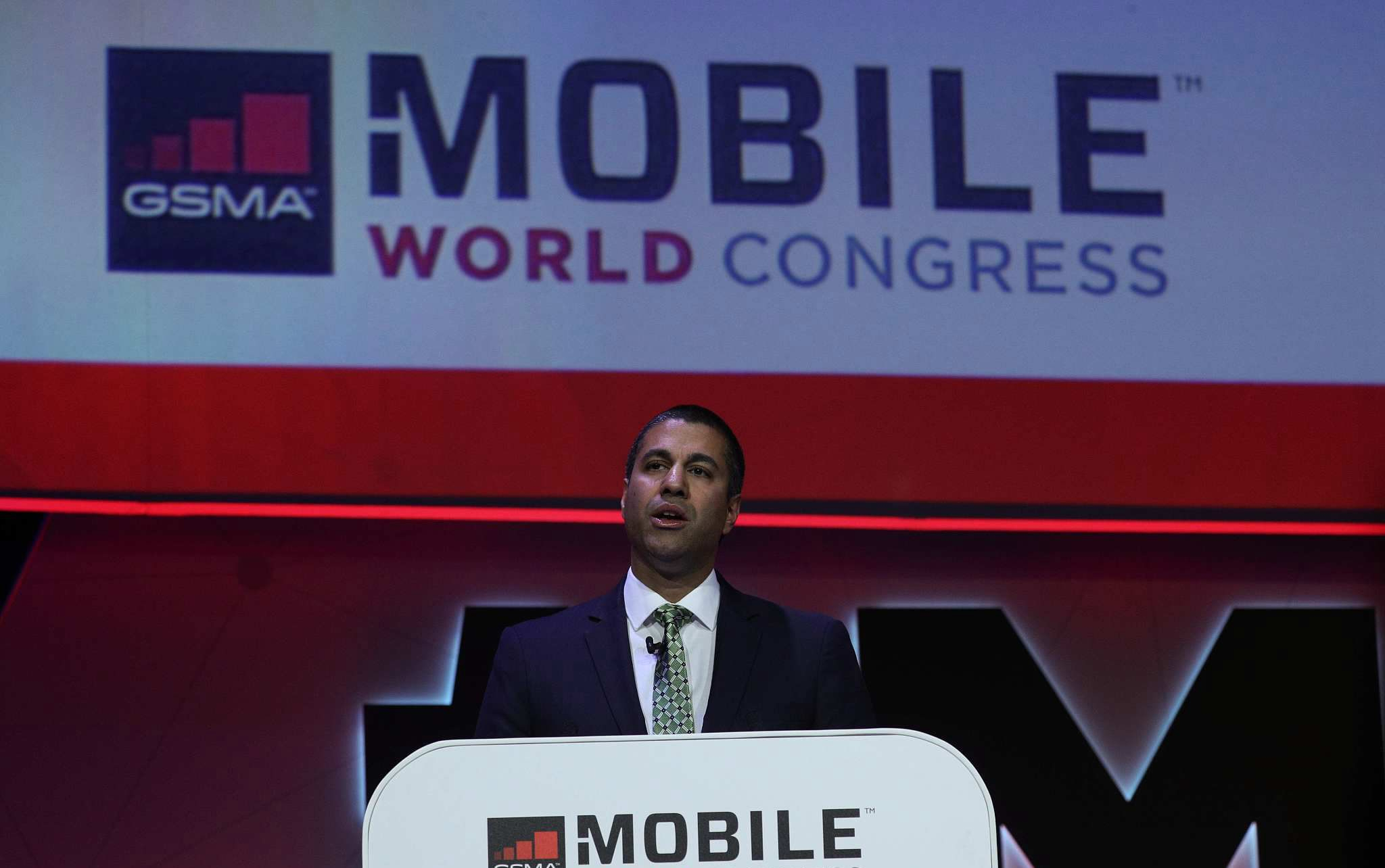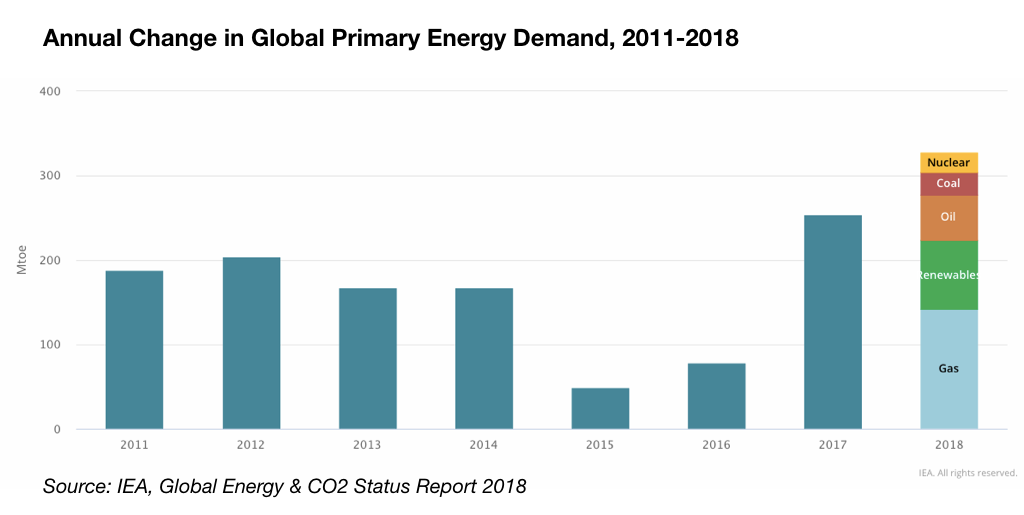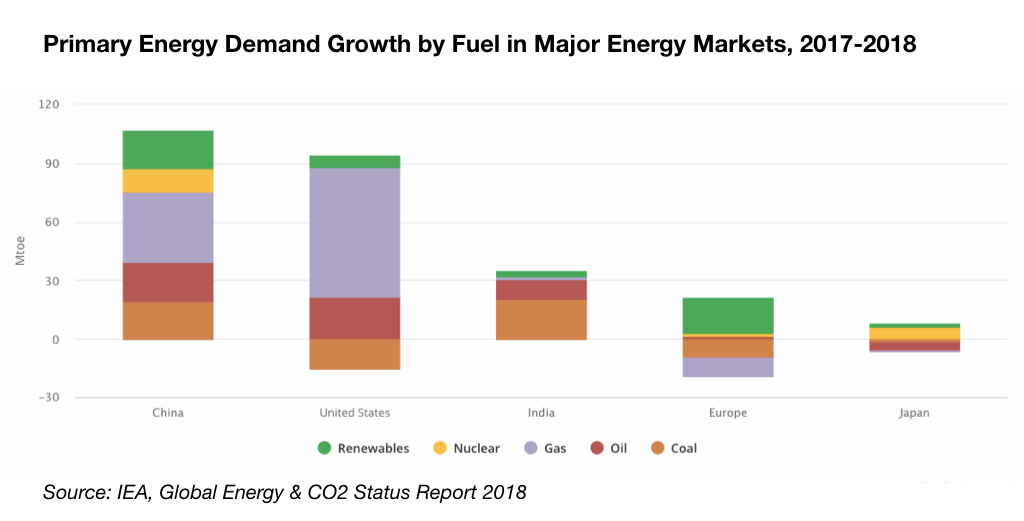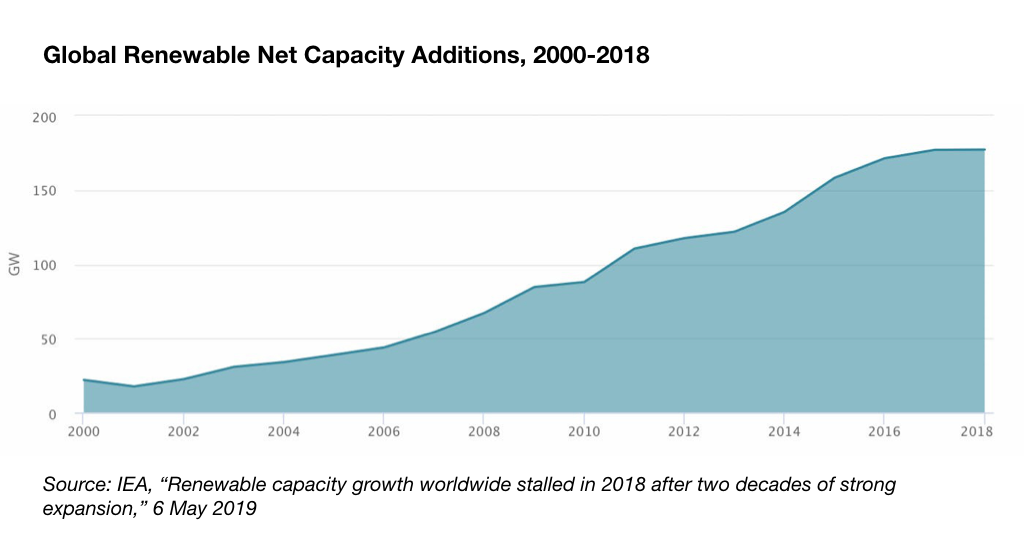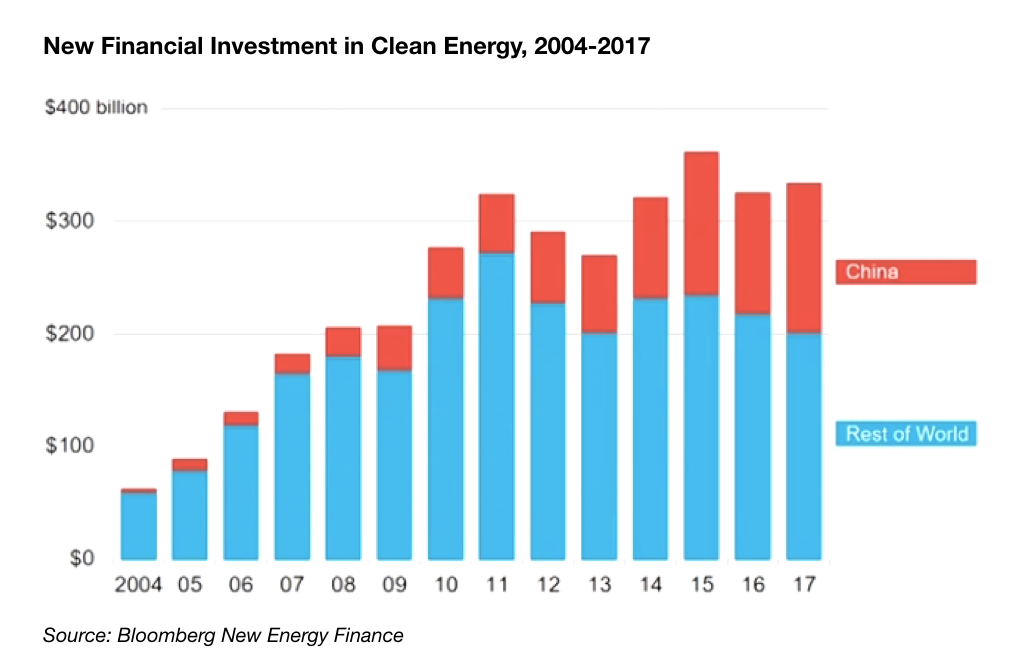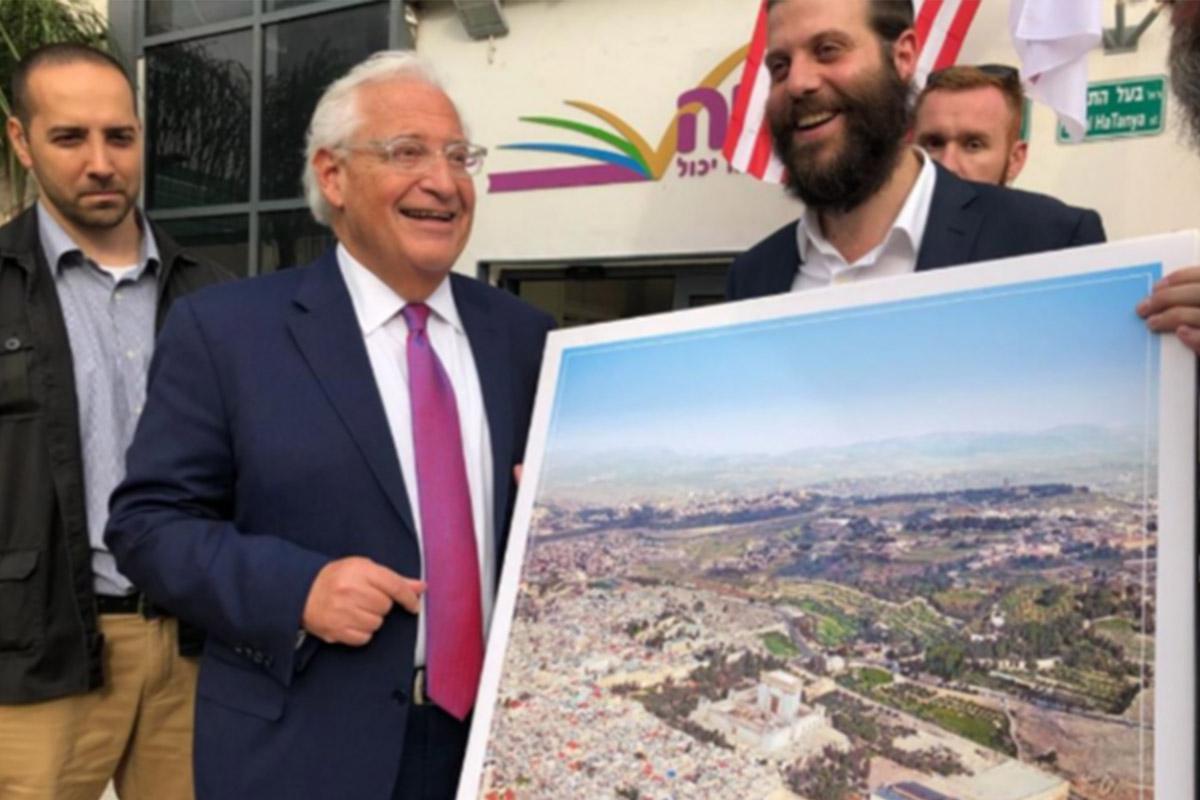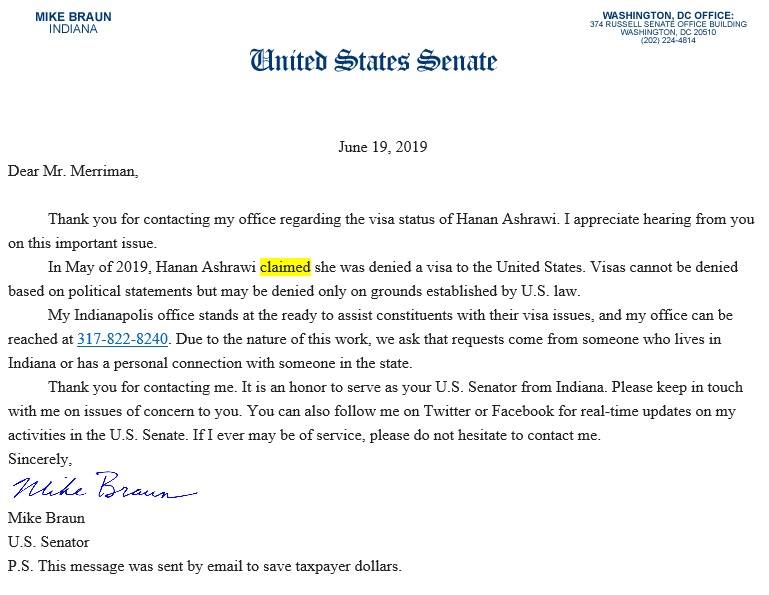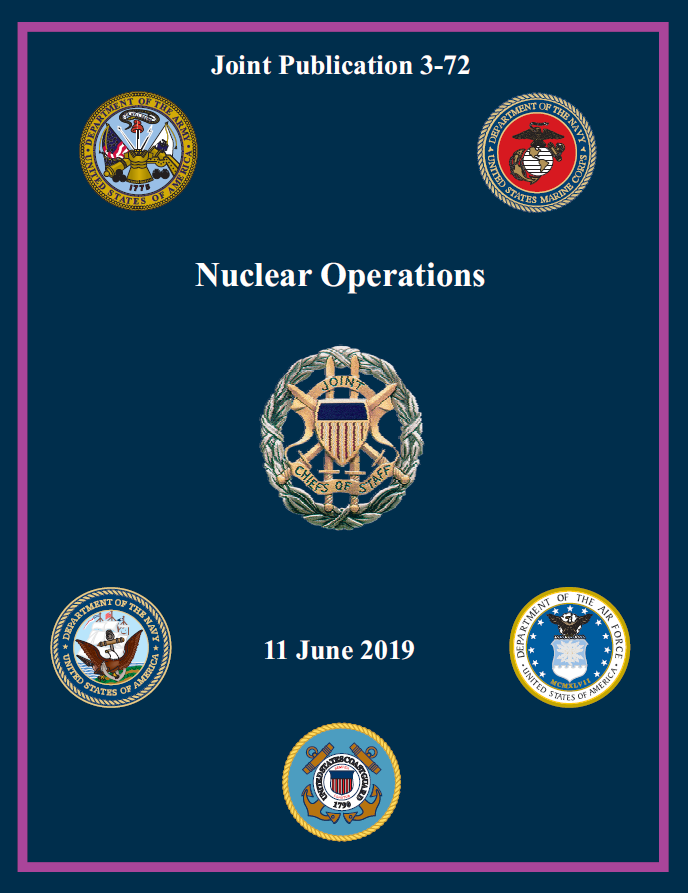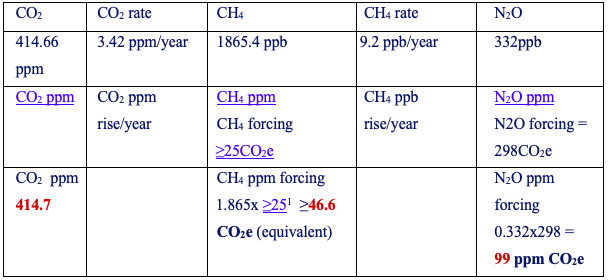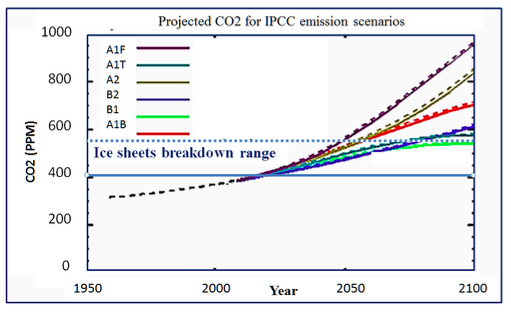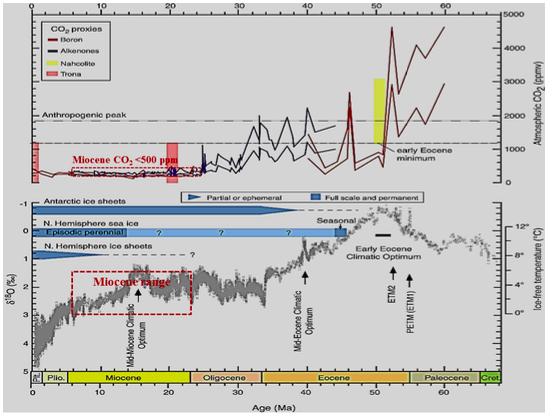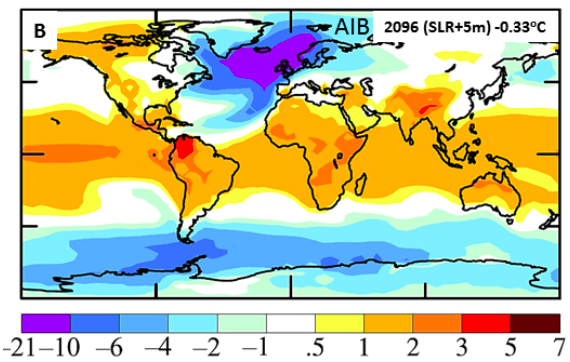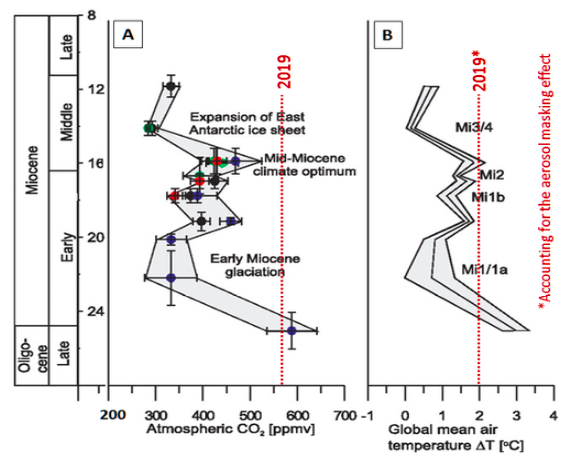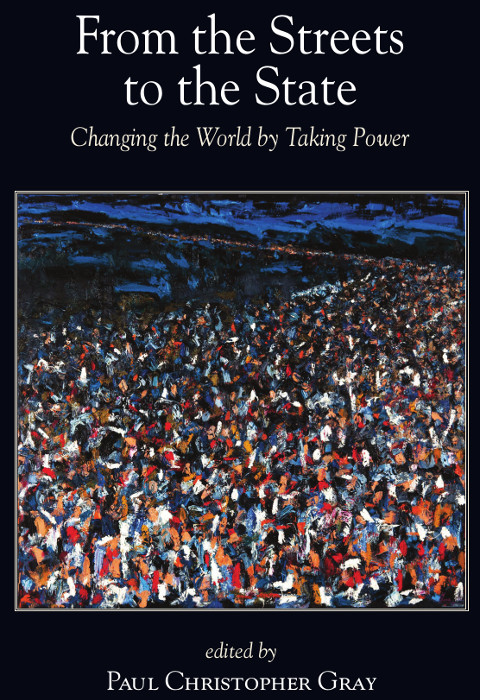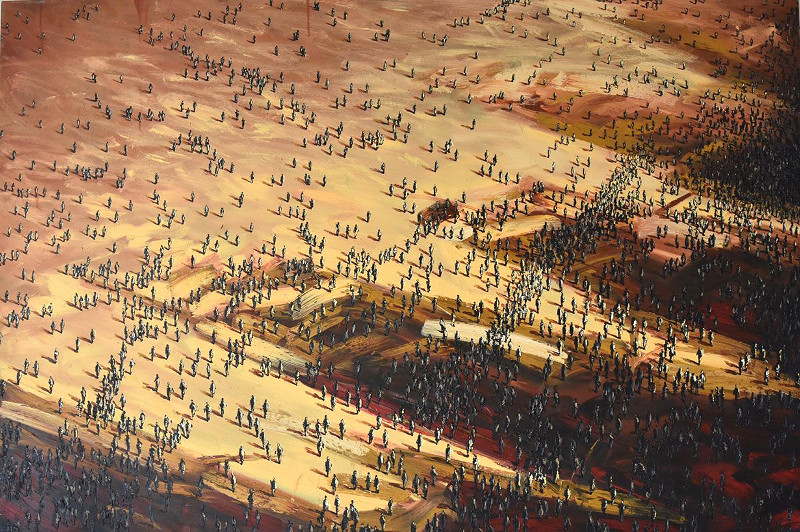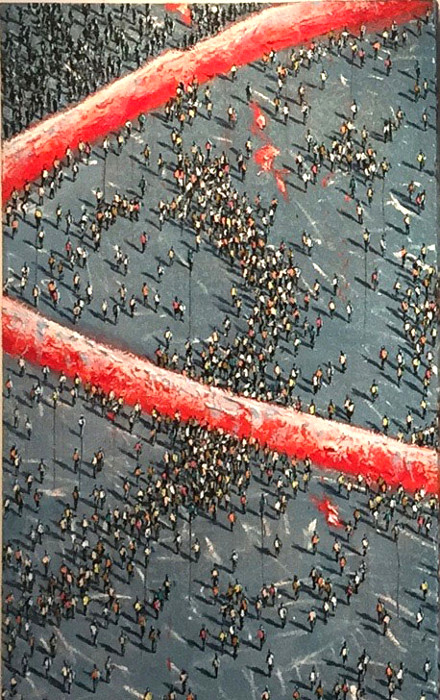Children “Too Frail to Even Cry”: The War in Yemen and Its Bounty of Suffering
June 28th, 2019 by George Capaccio
Children who die in this way suffer immensely as their vital organ functions slow down and eventually stop. Their immune systems are so weak they are more prone to infections with some too frail to even cry. Parents are having to witness their children wasting away, unable to do anything about it.—Tamer Kirolos, Save the Children’s Country Director in Yemen.
Some Context
Remember the “Arab Spring,” that misleading, Euro-centric term used to characterize a period of dramatic political change in the Middle East? It began in late 2010 in Tunisia when an impoverished fruit and vegetable vendor set himself on fire in front of a government building. The young man— Mohamed Bouazizi—was the sole provider for his widowed mother and six siblings. The local police wanted to see his vendor’s permit; he didn’t have one. So they attempted to confiscate his cart. Mr. Bouazizi resisted; the cart was his sole means of earning a living. His refusal supposedly prompted a policewoman to slap him. This act of public humiliation was possibly the last straw for Mr. Bouazizi. Desperately poor and with no other means of support than his cart, the young man took his own life as a form of resistance to an otherwise hopeless situation in which the government and its various servants blocked all the exits to a life lived with dignity.
His death sparked a wave of protests across the country. Pro-democratic voices demanded that Tunisia’s iron-fisted President Zine El Abidine Ben Ali and his regime relinquish power. He got the message and one month later closed shop and scurried out of town. And so it began—a wildfire that rapidly spread across Middle Eastern and North African countries in which the people rose up against their despotic overlords. There was nothing spring-like in these uprisings. Nor did they represent the sudden awakening of the Arab masses to the splendors of democracy and capitalism. Rather, the protests and demonstrations shared a unifying call for revolution, dignity, and the restoration of basic human rights—what generations of oppressive regimes had denied them. (The Arabic terms, transliterated, are thawra, karama, and haqooq.) In some cases, large-scale protests led to peaceful, though temporary transfers of power and a short-lived period of greater cultural and political freedom. In Syria and Yemen, protests met with a government crackdown and the emergence of warring factions that were all too soon embroiled in civil war.
Yemen: The Fuse is Lit
Powerful tribal and military leaders side with pro-democracy protestors calling for President Ali Abdullah Saleh’s resignation. Protests erupt for the first time in January of 2011. The failure of negotiations between loyalists and members of the opposition leads to fighting in the city of Sana’a, Yemen’s capital. In November, ten months later, President Saleh hands over power to his vice president Abd Rabbuh Mansour Hadi.
Hadi assumes power after an election in which he is the only candidate. During the ensuing national dialogue, warring sides attempt to reconcile their differences. By 2014, the talks have failed. Angered by President Hadi’s failure to include Houthi representatives in his government, Houthi fighters from the north of the country take control of the capital. (Houthis belong to the Zaidi religious minority, an offshoot of Shia Islam. The Houthi resistance movement, or Ansar Allah, is named after Hussein Badreddin al-Houthi who founded the movement in the 1990s partly in response to the growing influence of Saudi Arabia’s Salafist Sunni ideology in Yemen.)
President Hadi escapes to the port city of Aden and onward to Saudi Arabia. The country’s ruler, King Salman, is certain the Houthis are Iranian proxies. Determined to prevent Iran from gaining a foothold in the region, he organizes a military coalition of predominately Sunni Arab states.
President Obama’s “War of Choice”
In March 2015, the Saudi-led coalition intervenes in Yemen’s civil war. One of its principal goals is to restore to power the government of President Hadi and quell the insurgency. Reacting to the sudden outbreak of fighting, the Obama administration issues a press release announcing its support for the military coalition and begins to expedite the delivery of arms to the nations involved:
In response to the deteriorating security situation, Saudi Arabia, Gulf Cooperation Council (GCC) members, and others will undertake military action to defend Saudi Arabia’s border and to protect Yemen’s legitimate government. As announced by GCC members earlier tonight, they are taking this action at the request of Yemeni President Abdo Rabbo Mansour Hadi.The United States coordinates closely with Saudi Arabia and our GCC partners on issues related to their security and our shared interests. In support of GCC actions to defend against Houthi violence, President Obama has authorized the provision of logistical and intelligence support to GCC-led military operations. [Italics are mine.] While U.S. forces are not taking direct military action in Yemen in support of this effort, we are establishing a Joint Planning Cell with Saudi Arabia to coordinate U.S. military and intelligence support.
After 4 years of chaos, Obama’s “war of choice” has devolved into the world’s worst humanitarian crisis. As you might expect, civilians in Yemen are paying the highest price for the ongoing violence. According to a recent report by Human Rights Watch, all sides in this conflict have violated international law without being held accountable:
Houthi forces have used banned antipersonnel landmines, recruited children, and fired artillery indiscriminately into cities such as Taizz and Aden, killing and wounding civilians, and launched indiscriminate rockets into Saudi Arabia.
Both sides have harassed, threatened, and attacked Yemeni activists and journalists. Houthi forces, government-affiliated forces, and the UAE and UAE-backed Yemeni forces have arbitrarily detained or forcibly disappeared scores. Houthi forces have taken hostages. Forces in Aden beat, raped, and tortured detained migrants.
A Man-Made Conflagration
In addition to these charges, both the Houthis and the Saudi-led coalition have made an already catastrophic humanitarian situation worse by blocking or confiscating food, medical supplies, and fuel necessary to keep hospital generators functioning and pump water to homes. A UN-commissioned report undertaken by the University of Denver finds that more of Yemen’s civilians are dying from hunger, disease, and a dearth of health clinics than from actual fighting. By the end of 2019, an estimated 131,000 Yemenis will have died from these collateral consequences of the war and its destruction of civilian infrastructure, including the targeting of hospitals by Saudi planes. Four years of war have had a particularly devastating effect on pregnant women and new mothers who are acutely malnourished. In 2018 approximately 410,000 pregnant or breastfeeding women seen by health clinic staff suffered from acute malnutrition. According to Dr. Mariam Aldogani, Save the Children’s field manager in the port city of Hodeidah, “This is a creeping but catastrophic consequence of the brutal conflict. We regularly see hungry pregnant women surviving on just one meal of bread and tea a day. Many come to our clinics unable to walk, too exhausted from not getting enough to eat.”
Maternal malnutrition threatens both the mother and the child, and is one of the leading causes of miscarriages along with infections, severe vitamin deficiency, and fear. Babies who survive may be born prematurely, have low birth weight, and stunted growth, which has adverse, long-term effects on the child’s mental and physical development. Dr. Hayat, whom Save the Children field workers interviewed for a recent report, described the all-too-typical results of maternal malnutrition during pregnancy:
The pregnancy progresses normally but due to malnutrition when she reaches a certain month, she miscarries. Suddenly, [the family] calls me that she has pain, and I go to her. She would have heavy bleeding, and we take her in an ambulance to the city. There would be nothing that I could do for her.
Periodic Saudi blockades of Yemen’s port cities, supported by the US and UK, are imposed to restrict the importation of arms to the warring parties. Unfortunately, the blockades also prevent the delivery of essential humanitarian items like drugs and medical supplies. Journalist Peter Osborne, reporting for Middle East Eye in 2016, spoke with Dr. Ahmed al-Haifi in the Yemeni capital of Sana’a about the consequences of these blockades:
[Dr.] al-Haifi estimated that 25 people were dying every day at the hospital for want of medical supplies. ‘We are unable to get medical supplies,’ [he said.] ‘Anaesthetics. Medicines for kidneys. There are babies dying in incubators because we can’t get supplies to treat them. They call it natural death, but it’s not. If we had the medicines, they wouldn’t be dead. I consider them killed as if they were killed by an air strike, because if we had the medicines they would still be alive.’
Since the war began, there have been roughly 12,000 reported fatalities from the direct targeting of civilians. Of these, nearly 70% are from Saudi-led coalition airstrikes on hospitals, homes, schools, factories, and markets, among other civilian targets. In other words, the coalition, aided and abetted by the US and UK, are responsible for the majority of civilian deaths. Equally complicit in prolonging this carnage is our own mainstream media, content to provide Donald Trump and his steady stream of lies and offenses with maximum coverage while scarcely mentioning the bloodshed and mayhem in Yemen—tragic consequences of the administration’s desire to keep US weapons makers (Raytheon, Boeing, Lockheed Martin, et al) fat and sassy no matter how many lives are lost in the process, and maintain mutually beneficial relationships with its Persian Gulf allies, particularly Saudi Arabia.
UN assessments, without exception, reveal a grim reality for the people of Yemen. The war and the collapse of the economy have brought the country to the brink of famine. According to the UN Office for the Coordination of Humanitarian Affairs, “An estimated 80 per cent of the population—24 million people—require some form of humanitarian or protection assistance, including 14.4 million, or 53% of the population, who are at risk of starving to death. Nearly 400,000 Yemeni children suffer from acute malnutrition, rendering them susceptible to infections, disease, and stunting.
As we entered Suad’s house we saw that it consisted of only one bedroom, a kitchen and a bathroom. Five family members live in this tiny house. Suad’s kitchen was absolutely empty. When I asked her what she gives her four children to eat, she said: ‘We haven’t eaten anything for almost two days, apart from a piece of bread that was given to us by my neighbor.’—from “War and Starvation: Stories of women who are struggling to feed their children in Yemen.”
Attacks on civilian infrastructure have seriously degraded the country’s ability to provide clean water and medical services. Under such conditions, easily preventable diseases are spreading. The UN Refugee Agency (UNHCR) reports that there are now 1.1 million Yemenis suffering from cholera. The estimated 3 million Yemenis who have abandoned their homes to escape the violence have become either internally displaced or have sought refuge in neighboring countries like Oman, Djibouti, Sudan, Somalia, and even Saudi Arabia. Literally millions of internally displaced Yemenis struggle to survive in makeshift shelters. Ansar Rasheed, an official with UNICEF, spoke with the family of Sayeed Othman, an electrical engineer from the Yemeni governorate of Taiz. The family fled to Djibouti in search of a better life. Sayeed and his wife have 7 children ranging from 3 to 17 years old.
Sayeed: Here, we are living in hell. We barely can afford one meal a day and I have too many mouths to feed. I wish the war could stop so I can go back to my country and live in dignity with my children.
Reymas, Sayeed’s 11-year-old daughter: I don’t have any wish for 2019. I lost my dreams. I lost hope. I want this life to end so that my family doesn’t have to suffer anymore.
Khayzaran, 17, Sayeed’s eldest daughter: Our life has no future. We struggle to feed ourselves and survive. We are in a country that is not ours, surrounded by strangers. I’ve always dreamed of going to the university and becoming a doctor, but I lost hope for my dreams to come true.
Peter Osborne, mentioned earlier, traveled throughout Yemen to report on the war and its effects on the people. During a trip to the north of the country, he saw “pathetic tents” erected for people who were “victims of Houthi as well as Saudi aggression.” Within these refugee camps, “There is little water or food, and we were told that they were not served by humanitarian agencies.” In one of the tents a 30-year-old mother, Nouria Awbali, described the harrowing journey she and her 5 children had undertaken to escape the fighting after an airstrike killed her husband and wounded three of her children:
‘There were so many airplanes. My daughter Naria came to me and said: “The skies are on fire.”
Then the first air strike hit and 13-year-old Naria received deep shrapnel wounds in her arm. Naria was in deep pain and regularly suffers convulsions of terror when aircraft go overhead. They are so serious that she needs to be forcibly held down. Her right hand is withered.
The family ran from village to village, but everywhere there were air strikes. Mrs. Awbali was heavily pregnant when the fighting started and gave birth to her daughter Regan as they were escaping from a new wave of Saudi attacks. She told us that her first action after the birth was to leap on top of the baby to protect her as a bomb exploded nearby.
‘We were caught in the middle. One day they would tell us that it was King Salman hitting us. The next day it was the Houthis and [former president] Saleh. They were all hitting us.’
Jonathan Moyer, lead author of the UN-commissioned report cited above, states that the war “is one of the highest-impact internal conflicts since the end of the Cold War. On par with Iraq, Sierra Leone, Liberia, and the Democratic Republic of Congo.” Moreover, the majority of the war’s victims are children under five. One child dies from the fighting or the effects of the war every 12 minutes. Acute malnutrition, diarrhea, or respiratory tract infections are among the leading causes of deaths from side effects of the war. The following excerpt recounts the aftermath of a Saudi airstrike on an apartment building that killed 8 members of one family in Sana’a, Yemen on August 25, 2017. The only survivor was a little girl of 4 or 5. Her name is Buthaina Muhammad Mansour. Her uncle, Saleh Muhammad Saad, rushed to the family’s house after learning of the attack:
By the time Saleh got to the house, it was a ruin of broken concrete blocks and wooden planks. Hearing survivors groaning from beneath the rubble, he battled to free them. ‘I could hear the shouts of one of their neighbors from under the rubble, and tried to remove the rubble from on top of (Buthaina’s father) and his wife, but I couldn’t. They died,’ he said.
‘We lifted the rubble and saw first her brother Ammar, who was three, and her four sisters, all of them dead. I paused a little and just screamed out from the pain. But I pulled myself together, got back there and then heard Buthaina calling.’
[Saleh] said her survival had given him some solace as he mourned the rest of the family.
According to Save the Children, an estimated 85,000 children in Yemen under 5 may have died from severe acute malnutrition or disease between April 2015 and October 2018. Eighty-five thousand children—the population of a fair-sized city. Children, “too frail to even cry” as they lay in their mothers’ arms or on a hospital bed. Yet the war in Yemen continues despite the unpardonable, unforgiveable harm it is doing to the people of Yemen. As it was in Iraq under the sanctions regime imposed by the UN—but enforced and kept in place by the US and UK (1990-2003), so it is now in Yemen where the children, the poor, and the elderly are paying the price of cold-blooded geopolitical machinations and regional rivalries.
Every night since last year, Abdul Kareem [a fourth-grade student] wakes up in the middle of the night crying and calling out in fear as the sounds of airplanes and explosions engulf the capital and our home every night. The psychological effects of war on our son are severe—from “The War’s Cruel Impact on Yemen’s Children.”
The Big Picture: Why the War Must Go On
Donald Trump would have us believe that authorizing billions of dollars in military contracts to Saudi Arabia and the United Arab Emirates will give a significant boost to the economy by creating thousands of new jobs. Besides, our stalwart allies in the Gulf, immersed in a four-year-long struggle with Yemen’s rebellious Houthi factions, need our continued support in their life-or-death meta-battle with Iran, Saudi Arabia’s fearsome nemesis and the dominant power behind the Houthi insurgence, or so we are told and expected to believe. By providing arms and diplomatic cover to the Saudi monarchy and its partners-in-crime (a coalition of Middle Eastern and African countries), the US is allegedly pushing back against Iran’s drive for regional dominance in addition to stimulating job growth in the US.
So goes the rational for our continued involvement in Yemen’s civil war and our eagerness to supply the Kingdom of Saudi Arabia with billions of dollars of weapons, including “57 percent of the military aircraft used by the Royal Saudi Air Force,” tanks, missiles, intelligence gathering equipment, and cluster munitions, banned under the terms of an international treaty—the Convention on Cluster Munitions, which also bans the “development, production, acquisition, transfer and stockpiling” of cluster munitions. (As of January 2019, 105 nations had signed the agreement. Among the nations that chose not to ratify the agreement were the US, Russia, China, Pakistan, Egypt, Israel, and India.)
On May 20, 2017 Trump boasted of closing a $110 billion arms deal with Crown Prince Mohammed Bin Salman, the Kingdom’s reigning autocrat and likely mastermind of the gruesome murder of Saudi journalist and Washington Post columnist Jamal Khashoggi. In reality (not the Trumpian kind), the deal was a memorandum of intent. So far, the Kingdom has signed about $14.5 billion in letters of offer and acceptance, which do not constitute legally binding contracts. Moreover, the arms deal is not a single transaction but rather a hodgepodge of separate deals that, taken together, add up to $110 billion. Many of them were negotiated under the Obama administration or are projections of future sales that may or may not actually transpire.
Congress Grows a Pair (Almost)
In April of this year Congress passed the War Powers Resolution to end US involvement in the war in Yemen. The House voted 247-175 in favor of the bill. The bill passed the Senate by a vote of 54-46. Proponents of the bill argued that the US is in violation of the 1973 War Powers Act, which stipulates that Congressional authorization is required—after a 3-month period—before US forces can be introduced “into hostilities or into situations where imminent involvement in hostilities is clearly indicated by the circumstances.” US involvement in the war began under President Obama in 2015 and has never been authorized by Congress. Those who wish to continue US participation counter that the US military is not directly engaged in combat operations; therefore, no Congressional approval is necessary.
Trump unsurprisingly vetoed the War Powers Resolution—the second veto of his presidency—calling the bill “an unnecessary, dangerous attempt to weaken my constitutional authorities, endangering the lives of American citizens and brave service members, both today and in the future.” The bill is “unnecessary,” he argued, since there are no United States military personnel in Yemen “commanding, participating in, or accompanying military forces of the Saudi-led coalition against the Houthis.” A year earlier former Defense Secretary James “It’s fun to shoot some people” Mattis asserted that terminating US support of the Saudi-led aggression “could increase civilian casualties, jeopardize cooperation with our partners on counterterrorism, and reduce our influence with the Saudis—all of which would further exacerbate the situation and humanitarian crisis.” As the following story suggests, continued support of the coalition has done little to ameliorate the crisis:
Qayma is a very strong Yemeni woman. Before the war she was just about able to provide her children with a decent life. But with the dire economic and humanitarian situation she isn’t able to continue. ‘My husband passed away before the war and I took full responsibility for my children. I used to work on different farms, from dawn to noon, and went home to cook lunch for my children and ageing mother. As I started to finally feel more secure and stable, the war broke out and everything became very difficult. My small income was no longer enough to meet our basic needs. And the rise in prices now makes it hard even to be able to afford the essentials. I don’t know how to feed my children. I don’t want to watch my children starve to death.’—from “War and Starvation: Stories of women struggling to feed their children in Yemen.”
Though Mattis did back a negotiated peace deal, there is no peace and the killing goes on. The somewhat specious claim that we are not actively engaged in hostilities is belied by the fact that without US support the war would likely wind down. In addition to selling the Saudis precision munitions, the US services Saudi aircraft, and provides the Kingdom with spare parts for US-made F-15s and computer programs for attacking enemy targets. “We’re literally telling the Saudis what to bomb, what to hit, and what and who to take out,” according to Republican Senator Mike Lee, who co-sponsored the War Powers Resolution. In other words, the US is in clear violation of the resolution, which expressly forbids “involvement in hostilities” without congressional authorization.
I would argue that US involvement, with or without Congressional approval, is both illegal and immoral with no other justification than the prerogatives of an imperial power. In the cost-benefit analysis preferred by the stewards of our “democracy,” the sanctity of human life and the rule of law are outdated concepts trumped by record profits from arms sales and the need to maintain strategic alliances with resource-rich players, however unsavory and undemocratic they might be.
I am encouraged by news that on June 20 the Senate, by a vote of 53-45, passed yet another set of resolutions to block the sale of weapons to Saudi Arabia and its allies. Observers expect the House to vote in favor of similar legislation, but so far neither branch of Congress has enough votes to override President Trump’s promised veto. Clearly, depriving the beneficiaries of Western imperial largesse in the form of billions of dollars of weapons sales is, I wager, a sure-fire way to bring the war to a speedy conclusion. Short of that, cutting off the flow of weapons may be just the leverage needed to get all parties to the conflict to sit down and negotiate a peaceful settlement.
Putting Out the Fire
Before any of that happens, those of us working for peace need to continue putting pressure on the leading arms makers. Make them uncomfortably aware of their complicity in war crimes and crimes against humanity, while motivating our fellow citizens to stand up for the innocent people of Yemen by marching, vigiling, calling their representatives, doing whatever it takes to let compassion prevail over the blood-soaked machinations of the President and his advisors. Additionally, we need to push mainstream media to devote more time to covering the war and its all too human consequences—without peddling the establishment line about the need to support Saudi Arabia’s proxy war with Iran.
A Final Note
The people of Yemen need as much support as they can garner from humanitarian organizations like Care, Save the Children, International Committee of the Red Cross, and UNICEF. Aid workers on the ground in Yemen are working against impossible odds to save lives by providing food, medicine, health care, and shelter. According to Save the Children, a single donation of $60 can feed a Yemeni family of seven for an entire month. I recall the recent scandal involving wealthy Hollywood parents paying big bucks to a first-class scam artist to get their kids into top-tier universities. Actress Lori Loughlin and her fashion designer husband, Mossimo Giannulli, allegedly paid $500,000 in bribes for the benefit of their two daughters seeking admission to the University of Southern California. That amount of cash, divided by 60, would have provided sustenance for over 8,000 Yemeni families who might otherwise have starved to death.
*
Note to readers: please click the share buttons above or below. Forward this article to your email lists. Crosspost on your blog site, internet forums. etc.
George Capaccio is a writer and activist who has recently relocated to Durham, North Carolina. During the years of US- and UK-enforced sanctions against Iraq, he traveled there numerous times, bringing in banned items, befriending families in Baghdad, and deepening his understanding of how the sanctions were impacting civilians. His email is [email protected] He welcomes comments and invites readers to visit his website: www.georgecapaccio.com
Featured image is from Al-Masdar News


